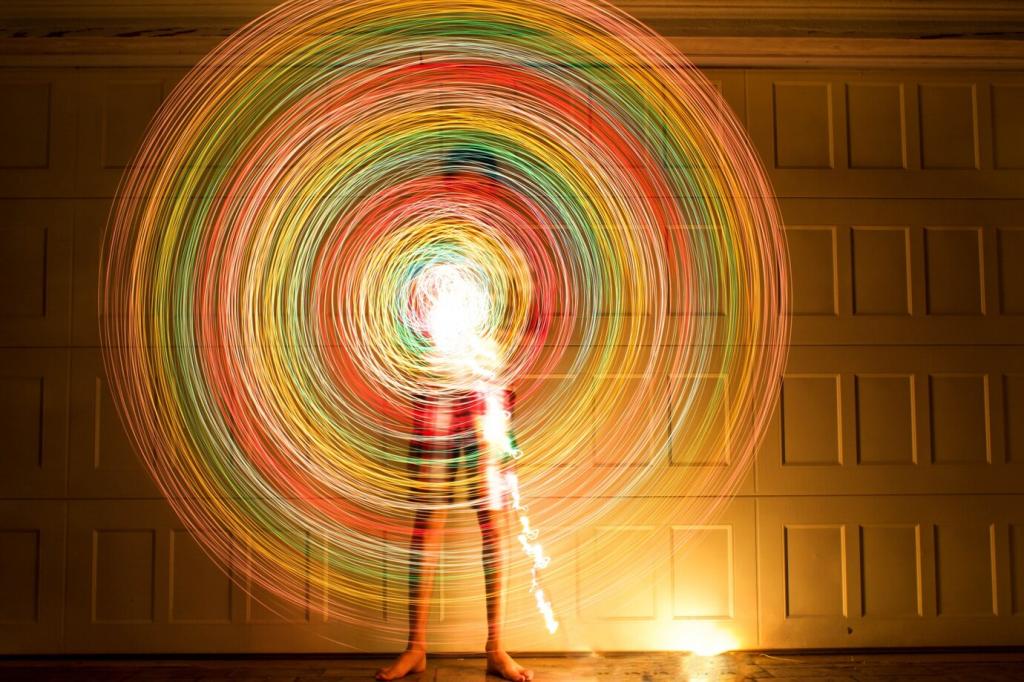Decoding the Human Psyche in Movies
The human psyche is a complex tapestry of emotions, instincts, fears, and aspirations. Cinema, as a mirror of society, has always sought to unravel the mysteries housed within the mind and soul, creating powerful narratives that leave audiences both enlightened and shaken. By leveraging visual storytelling, nuanced performances, and immersive soundscapes, movies have the unique ability to explore consciousness in ways no other medium can. This exploration allows viewers to confront their own inner worlds as they witness characters wrestling with psychological dilemmas, navigating trauma, and seeking redemption or destruction. In this page, we delve into the mesmerizing journey of decoding the human psyche as depicted through various cinematic masterpieces, examining how filmmakers interpret, challenge, and portray the enigmatic depths of the mind.

Dreams as Gateways to Inner Truths

Symbolism and Visual Metaphors

